Are you ready to take your fabric art to the next level? Infusible ink pens are a game-changer when it comes to adding intricate designs, vibrant colors, and professional touch to your fabric projects.
Whether you’re a seasoned crafter or a newbie looking to explore a new creative avenue, these pens offer endless possibilities. In this comprehensive guide, we’ll explore how to use infusible ink pens on fabric and show you how to unleash your artistic talents on fabric.
From customizing clothing to crafting personalized home decor items, you’ll discover how to transform plain fabrics into stunning, long-lasting masterpieces. Get ready to embark on a journey of creativity and innovation as we delve into the art of infusible ink.
With our step-by-step instructions, handy tips, and inspiring ideas, you’ll be well-equipped to bring your unique visions to life on fabric with these remarkable pens. Let’s dive in and create something truly extraordinary!
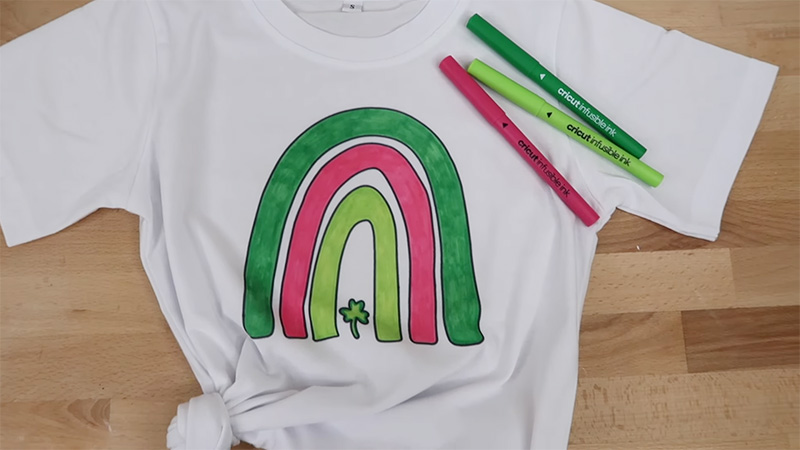
How to Use Infusible Ink Pens on Fabric? 6 Steps
Infusible ink pens are a game-changer in the world of fabric art. Whether you’re a seasoned crafter or a beginner looking to explore this exciting medium, this comprehensive guide will walk you through the process of using infusible ink pens on fabric.
Step 1: Design Your Artwork
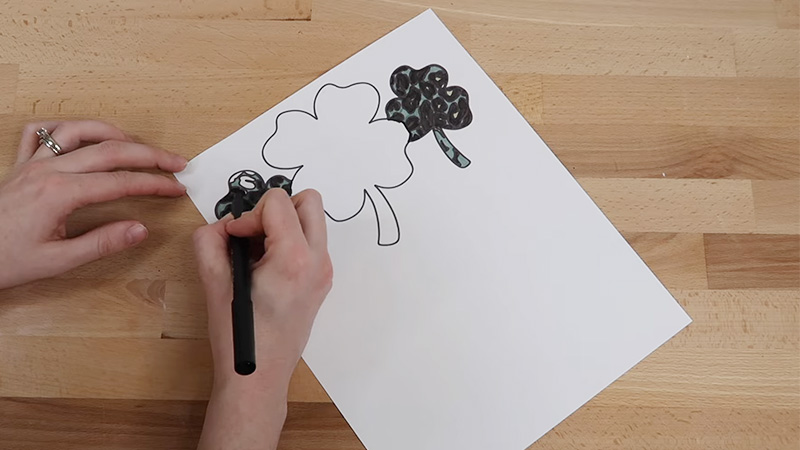
Begin by deciding on the design you want to create. You can either draw something freehand using the infusible ink pens or print a design on regular paper.
If you’re printing, make sure to use sublimation ink on sublimation paper for the best results. Lay your high-quality fabric on a clean, hard surface.
Step 2: Prepare Your Fabric
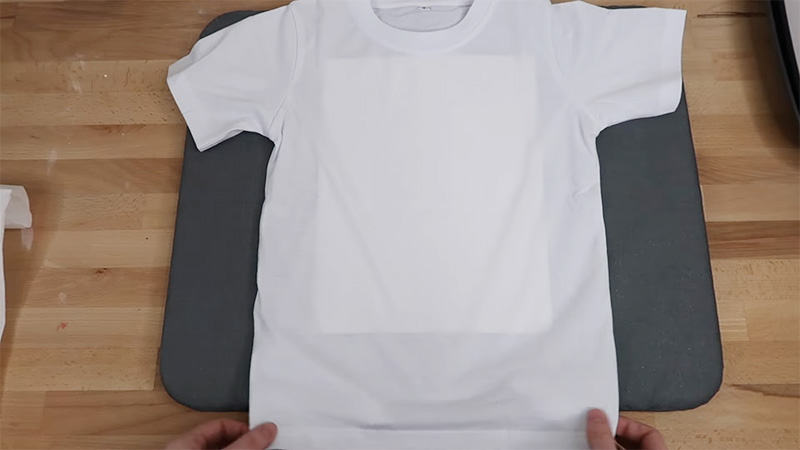
Ensure the fabric is smooth and free from wrinkles, as any imperfections will affect the final result. Place a sheet of cardstock inside the fabric to prevent the ink from bleeding through to the other side.
Use heat-resistant tape to secure your fabric and design in place. Make sure it’s positioned exactly where you want the design to appear.
Step 3: Start Drawing or Coloring
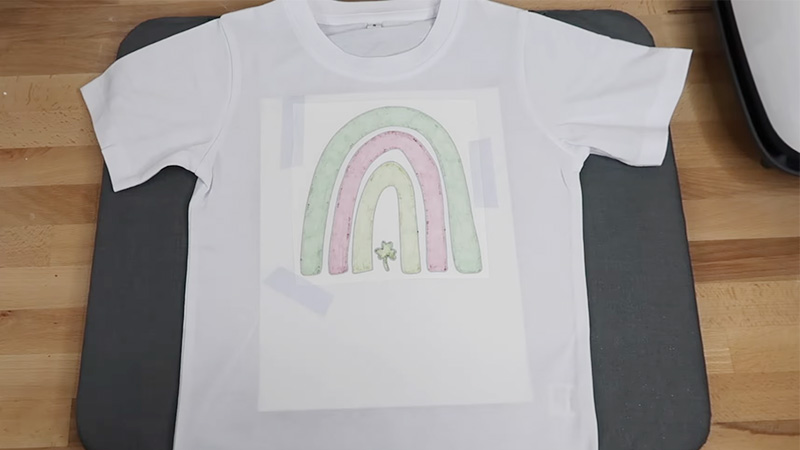
Now comes the fun part – using the infusible ink pens! Carefully draw or color your design onto the fabric. Remember, the colors will become more vibrant and intense after the heat transfer process.
If you’re using a heat press, set it to the recommended temperature for infusible ink (usually around 385°F or 195°C). If you’re using an iron, ensure it’s on the highest setting without steam.
Step 4: Place Butcher Paper or Parchment Paper
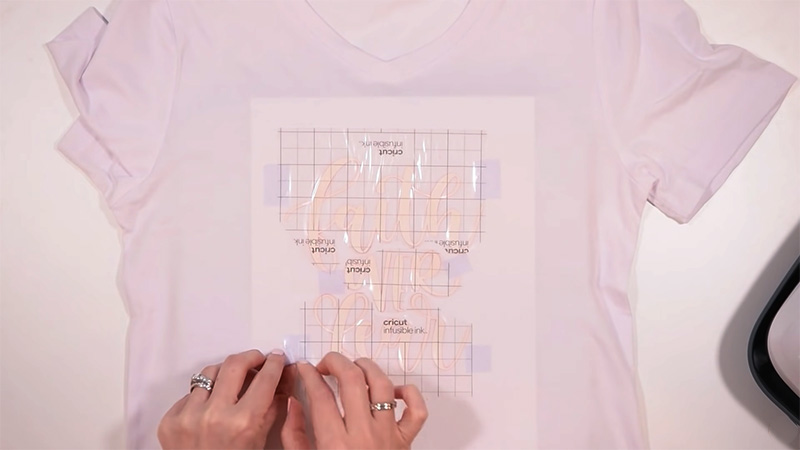
Lay a sheet of butcher paper or parchment paper over your design and fabric. This will protect your project from direct contact with the heat source and prevent any ink from sticking to it.
Now, it’s time to transfer the ink onto the fabric. Place your fabric with the design facing up on the heat press or ironing board. If you’re using an iron, apply firm and even pressure while moving it in a circular motion for about 15-20 seconds.
For a heat press, follow the manufacturer’s instructions for temperature and time. Typically, it’s around 40 seconds of heat exposure.
Step 5: Allow to Cool
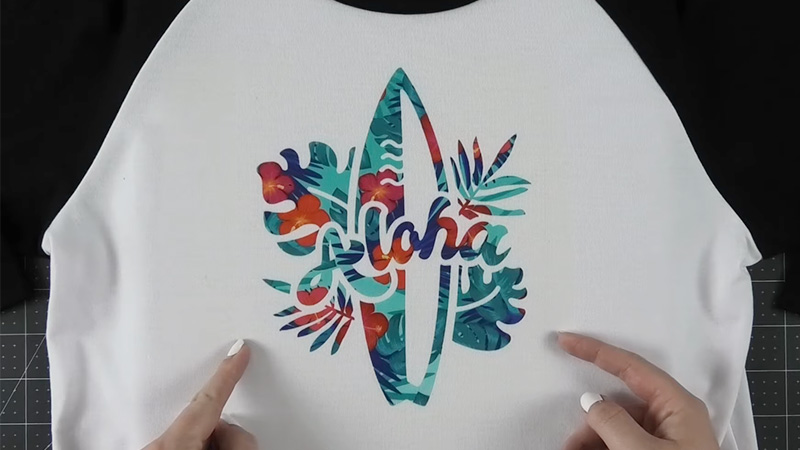
After the heat transfer is complete, carefully remove the butcher paper or parchment paper and let your project cool down for a few minutes. Don’t rush this step, as the design needs time to set.
Once your fabric has cooled, gently peel off the heat-resistant tape and cardstock. Your design should now be permanently infused into the fabric, creating a vibrant and durable image.
Step 6: Care Instructions
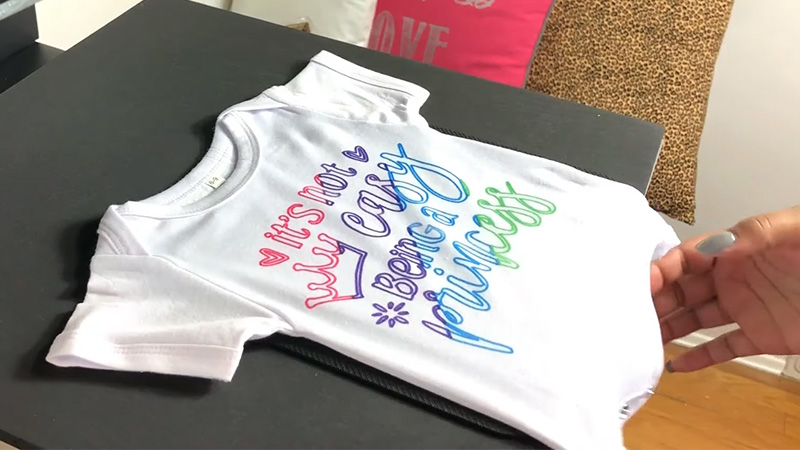
To ensure the longevity of your creation, it’s important to follow specific care instructions. Typically, you should: Wash the fabric inside out in cold water. Avoid using bleach or fabric softeners. Tumble dry on low heat or air dry. Don’t dry clean.
Tips for Success
Practice on scrap fabric first to get a feel for the pens and the heat transfer process. Ensure your fabric is clean and free from lint before starting. Experiment with different color combinations and techniques to create unique effects.
When using a heat press, make sure it’s calibrated correctly for accurate temperature and pressure. Always handle the fabric with clean, dry hands to prevent any oil or dirt from affecting the ink transfer.
If you make a mistake, don’t worry! You can usually remove the ink by washing the fabric before the heat transfer process.
Materials You’ll Need
Using Infusible Ink Pens on fabric is a fun way to create vibrant and long-lasting designs. Here’s a table listing the materials you’ll need for using Infusible Ink Pens on fabric:
| Material | Description |
| Infusible Ink Pens | Specially formulated pens that transfer ink into fabric when heated. |
| White or light-colored fabric | Ideally, a fabric made of 100% polyester for best results. |
| Cricut or cutting machine | For cutting out intricate designs and patterns. |
| Heat-resistant tape | To secure the Infusible Ink transfer sheet in place. |
| Heat-resistant protective sheet | To protect your machine and fabric during heat application. |
| Heat press or EasyPress | To apply heat and transfer the ink onto the fabric. |
| Butcher paper or parchment paper | To place over the design during heat application. |
| Scissors | For cutting the Infusible Ink transfer sheet. |
| Computer and software (optional) | For creating custom designs and patterns. |
| Ruler or measuring tape (optional) | For precise alignment and placement. |
| Protective gear (optional) | Gloves, safety glasses, and a well-ventilated workspace for safety during heat application. |
Using Infusible Ink Pens on fabric can yield vibrant and detailed designs, but it’s crucial to follow the manufacturer’s instructions and ensure you’re using the right fabric and equipment for the best results.
How Long Does Infusible Ink Last on Clothes?
Infusible ink has taken the world of fabric customization by storm, promising vibrant, durable designs that can transform ordinary clothing into personalized masterpieces.
But just how long does infusible ink last on clothes? Let’s delve into this question and understand the factors that influence the longevity of infusible ink designs.
Quality of Materials
The longevity of infusible ink on clothing starts with the choice of materials. Infusible ink works best on high-quality, polyester-based fabrics.
Polyester is known for its ability to retain colors, resist fading, and withstand repeated washing. Using a lower-quality fabric may result in a shorter lifespan for your infusible ink designs.
Proper Application
Achieving a lasting result with infusible ink requires precise application. The process involves transferring ink from a design onto the fabric using heat.
Ensuring even pressure, temperature, and proper cooling after transfer are essential steps. An uneven or incomplete transfer can result in premature wear and tear of the design.
Care and Washing
How you care for and wash clothing with infusible ink designs significantly impacts their longevity. To extend the life of your creations, wash garments inside out. This protects the design from friction against other clothes and the washing machine drum.
Use cold water as hot water can cause colors to fade more quickly. Avoid bleach and fabric softeners cause these chemicals can deteriorate the ink over time. Choose a gentle cycle. Otherwise, aggressive washing cycles can be harsh on the fabric and design.
Tumble dry on low or air dry. High heat can weaken the ink’s bond to the fabric. Do not dry clean as it involves chemicals that can damage infusible ink.
Frequency of Wear and Washing
The frequency with which you wear and wash clothing with infusible ink designs plays a significant role in their lifespan. Items that are worn daily and subjected to frequent washing will naturally experience more wear and tear over time.
Consider using infusible ink for special occasions or garments that won’t be subjected to heavy use and laundering.
Design and Ink Quality
The quality of the infusible ink itself can affect how long it lasts on clothing. Quality brands tend to produce ink that adheres well to the fabric, resists fading, and maintains vibrancy over time. Using subpar ink or older, expired ink may result in designs that deteriorate more quickly.
Environmental Factors
Environmental factors can also influence the longevity of infusible ink on clothing. Exposure to direct sunlight for extended periods can cause colors to fade over time. Additionally, extreme heat or humidity can affect the bond between the ink and fabric.
Wear and Tear
Normal wear and tear are inevitable for any clothing, including those with infusible ink designs. Areas that experience constant friction or stretching, such as the elbows or knees of a shirt, may show signs of wear more quickly.
Taking care to minimize excessive rubbing or stretching can help prolong the life of the design.
Individual Usage and Handling
How you handle and care for clothing matters. Avoid rough handling, excessive stretching, or pulling on the design, as this can cause it to deteriorate prematurely. Also, be cautious with sharp objects or abrasive surfaces that may come into contact with the design.
Prolonging the Life of Infusible Ink Designs on Clothing
While infusible ink designs on clothing are known for their durability and vibrancy, their longevity ultimately depends on various factors, including the quality of materials, proper application, care, and environmental conditions.
With the right materials and proper care, infusible ink designs can last for many washes and remain vibrant for an extended period.
By following best practices in design application and clothing care, you can enjoy your personalized creations for a long time, making infusible ink an excellent choice for customizing clothing and accessories.
FAQs
How do I wash clothing with infusible ink designs?
To prolong the life of clothing with infusible ink designs, follow these steps: Wash garments inside out to protect the design. Use cold water for washing, as hot water can cause fading. Avoid bleach and fabric softeners.
Can I use infusible ink on cotton fabric?
Infusible ink works best on polyester or polyester-blend fabrics. It doesn’t bond well with natural fibers like cotton. To achieve the best results, use high-quality, polyester-based fabric for your infusible ink projects.
How can I fix faded or worn infusible ink designs on clothing?
Once infusible ink has faded or worn, it’s challenging to restore it to its original vibrancy. Prevention is key. Follow proper washing and care instructions to extend the life of your designs.
Can I iron clothing with infusible ink designs after applying them?
It’s generally not recommended to iron clothing with infusible ink designs after the initial application. The design has already undergone a heat transfer process, and additional heat may damage or distort it.
How do I create a design for infusible ink on clothing?
You can create a design for infusible ink in several ways: Draw or color your design freehand using infusible ink pens. Use graphic design software to create a digital design and then print it onto sublimation paper using sublimation ink.
Conclusion
Infusible ink pens offer an exciting avenue for expressing your creativity on fabric like never before. Through this guide, we’ve demystified the process, from selecting the right materials to mastering the techniques.
Remember to experiment, learn from your mistakes, and let your imagination run wild. As you continue to explore the world of infusible ink, you’ll develop your own signature style and create memorable pieces that leave a lasting impression.
Whether it’s designing personalized gifts, revamping your wardrobe, or adding unique touches to your home decor, infusible ink pens are your trusty companions on this artistic journey.
Don’t hesitate to share your creations with others and keep honing your skills. With dedication and practice, you’ll become a fabric art maestro.
So, go forth and infuse your world with color, passion, and boundless creativity. Your next masterpiece is just a pen stroke away!
Leave a Reply